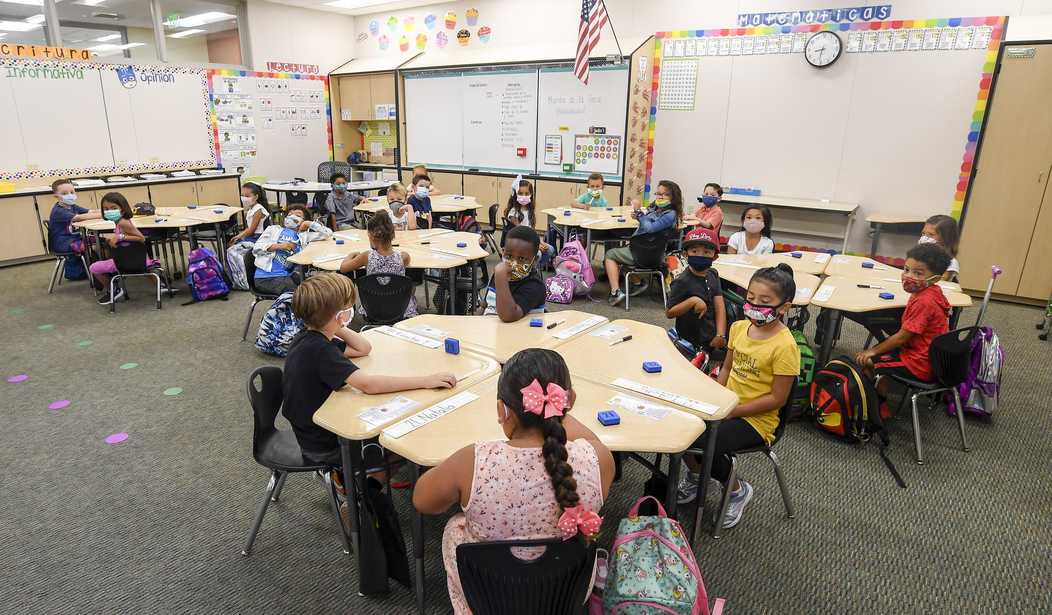There have been a lot of responses to the decline in student performance caused by the COVID shutdowns.
None of them has been particularly good. Many states removed performance requirements in 2020, 2021, and even 2022. Some have now simply given up on the idea of measuring performance at all.
Oregon, for instance, has dropped performance testing because minority students weren’t doing that well. Rather than improving the schools the state decided to simply abandon the premise that graduating high school signifies some basic level of education.
The Oregon Board of Education says competency assessments in reading, writing, and math harm students of color.https://t.co/dTofxjYwOK
— KATU News (@KATUNews) October 20, 2023
Now a new study done by an education advocacy group dedicated to doing what our public schools refuse to reveals another strategy the schools are using to hide the decline in student performance: quit making grades reflect student performance at all.
Their study is called “False Signals:”
Students’ academic performance and attendance dropped significantly from before the pandemic to after. Their grades did not.
In the aftermath of the pandemic, public schools nationwide face profound challenges. Student test scores are down, absenteeism is at an all-time high, and educators are working tirelessly to bridge the learning gap. But research shows families believe that everything is back to normal or will be soon.
Our new report, written with EdNavigator and Learning Heroes, explores this disconnect by looking at the relationship between attendance, learning, and grades—and the critical signals those grades are sending to families. We partnered with two school districts to analyze their data both before and after the pandemic. Across the board, more students were both chronically absent and not yet on grade level. But their grades, families’ most trusted indicator of academic standing, tended to remain the same, or were even higher.
We’ve all heard of grade inflation, of course, and it has been endemic in K-12 and higher ed. But this is something more insidious: a rapid and silent fraud being committed by schools in order to convince parents that educational performance has gotten back on track after the pandemic declines.
This is not a gradual process driven by the pressure to enhance the resumes of students by making them look smarter than they are; this is an attempt to convince parents that things are hunky dory and that the schools are doing their jobs.
The number of students scoring below grade level and chronically absent has quadrupled since before the pandemic, the report finds. “Yet more than 40 percent of these students still earn Bs or better in core subjects.”
Researchers analyzed two districts, one with above-average achievement and another with scores around the national average. They found the average student fell five months further behind in math and English Language Arts (ELA). Chronic absenteeism soared.
Schools should “send clear signals” to students and parents about the need for regular attendance with special attention to families whose children “need extra support,” the report urges.
The teachers’ unions worked assiduously to ensure schools remained closed when there was no danger, and now they are putting in just as much work to ensure that the teachers don’t have to help students catch up.
It’s not like schools were doing a great job pre-pandemic. They weren’t.
Now they aren’t even trying, having found the magic bullet: disconnect grades from performance.








Join the conversation as a VIP Member